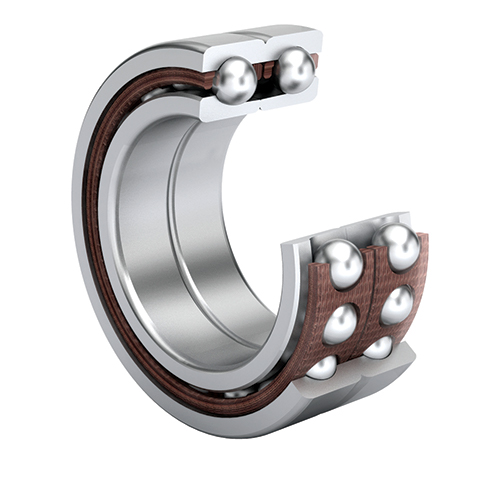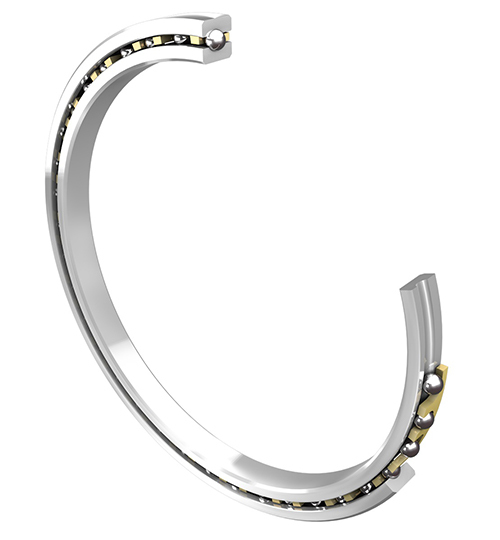Space & Satellite Applications
In the past, building and launching a civil telecommunications satellite into space required a multi-million pound investment, but in recent years the size and cost of satellites have reduced. We now see increasing numbers of satellites being launched into space from Europe, USA, China, Turkey, India and the Far East. High requirements are now being placed on bearings that support satellite sub-systems such as reaction wheels and other onboard precision mechanisms.
Attitude control & reaction wheels
A reaction wheel is a type of flywheel used primarily by spacecraft and satellites for attitude control without using fuel for rockets or other reaction devices. Satellites typically comprise three reaction wheels (for X-, Y- and Z-axes) for highly precise rotation.
Reaction wheels may also reduce the mass fraction needed for fuel by equipping the satellite with an electric motor attached to a flywheel which, when its rotation speed is changed, causes the satellite to begin to counter-rotate proportionately through conservation of angular momentum.
Bearing reliability
Reaction wheel failure can cause a satellite to lose its ability to maintain position, potentially causing a mission failure. The bearings must satisfy demanding requirements:
- Reliably spinning for long periods of 10 to 15 years in orbit.
- Using only a small amount of lubricating oils on the bearing surfaces in a vacuum environment.
- The bearings must minimise any vibration, so as not to negatively affect the observational performance of the satellite.
- The bearings must also withstand the vibration and loads at launch
- Endure the temperature variations while in orbit
Bearing types
Reaction wheel bearings are typically:
- Custom engineered angular contact ball bearings
- Manufactured with high surface finish requirements and visual appearance of the raceways
- Typically comprise 440C stainless steel rings and balls with phenolic cages
- Two bearings required per reaction wheel.
The bearings are assembled in clean room conditions (exceeding flight-critical aerospace applications) using special handling techniques. Every part of the rolling contact surface of the bearing is inspected. Any slight defect is captured, commented on and documented. The bearings are typically shipped as a kit ready for further examination and screening by the customer prior to assembly/fitting.
Full traceability
HQW's Quality Management Systems are accredited to Aerospace Standard AS9100 and bearings are manufactured and controlled under strict aerospace procedures, providing full traceability, controlled lubrication and complete retention of records. Full traceability is provided for satellite bearings. Torque test traces and functional tests can be performed on the bearings, as well as 100% inspection of bearing raceway surfaces. If the customer requires, documentation and measurement reports can be provided on every bearing in every batch.

Double row bearing for reaction wheel

Thin section bearing for an actuation system